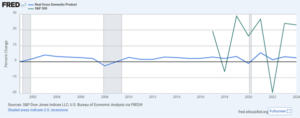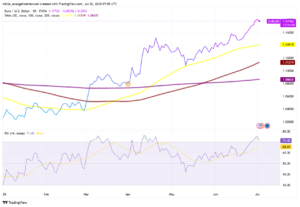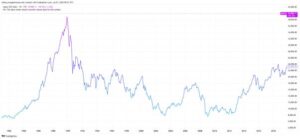This week, a noticeable gap in sentiment emerged between institutional investors and the broader public when it comes to gold. On one hand, larger market players are holding back, cautious about making big moves before next week’s crucial U.S. inflation data. These numbers are expected to guide the Federal Reserve’s next decisions on interest rates. While high inflation could mean interest rates stay elevated, any sign of easing price pressure might support the case for rate cuts later in the year.
Meanwhile, retail investors—often referred to as Main Street—seem to feel more confident. They are gradually returning to gold, seeing it as a safe store of value amid ongoing global uncertainties. With stock markets showing some signs of fatigue and geopolitical tensions still in the background, gold appears to be regaining its appeal to everyday savers.
Currently, the price of gold is hovering around $2,360 per ounce. Although it’s not far from its recent highs, it has been unable to break through to new records in recent days. The hesitation from professional traders likely stems from uncertainty over the Fed’s stance. If inflation data comes in higher than expected, the central bank might delay any talk of cutting interest rates, which could weigh on gold prices.
On the other hand, if inflation shows signs of cooling, the Fed could hint at future rate cuts, which tend to weaken the U.S. dollar and make gold more attractive. This potential scenario is likely why everyday investors are keeping faith in the precious metal.
For now, the gold market remains range-bound. Traders and investors are waiting for new data to clarify whether the economy is slowing down enough for the Fed to consider easing. Until then, the gold market could stay in a holding pattern, with short bursts of volatility based on expectations.





